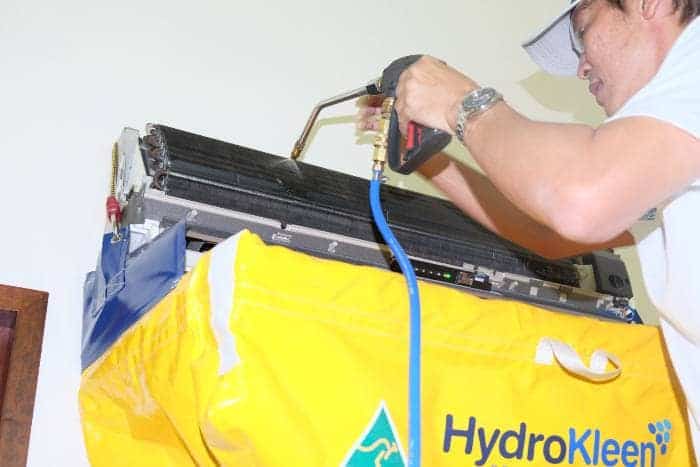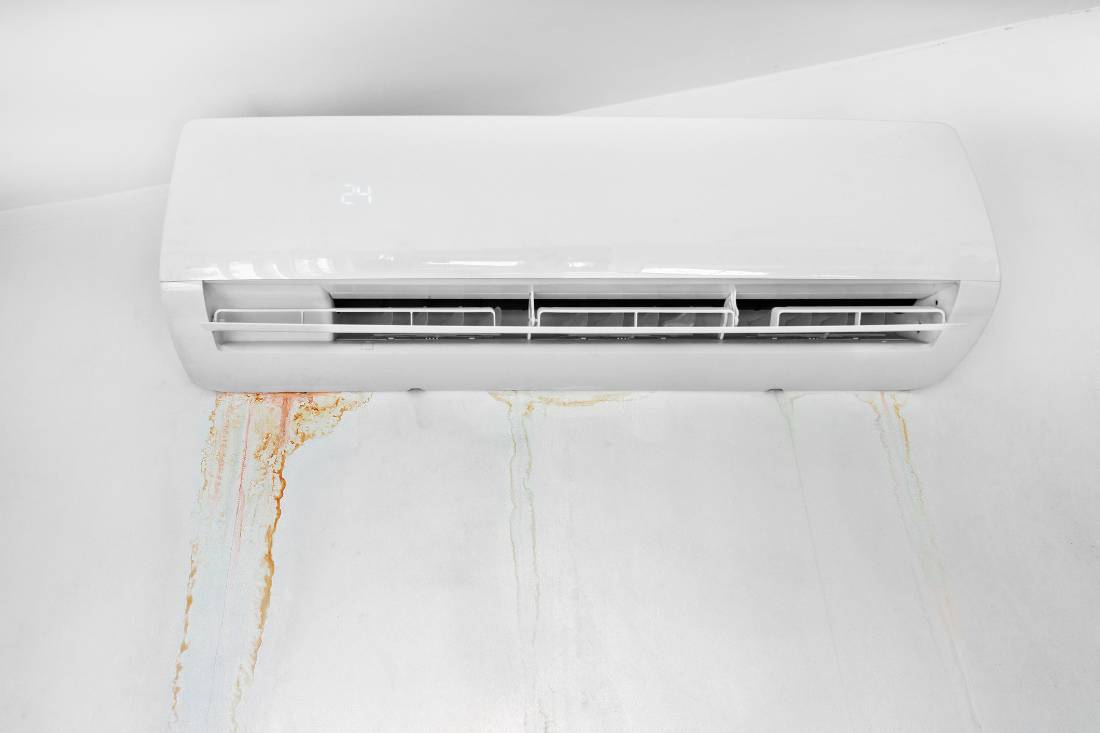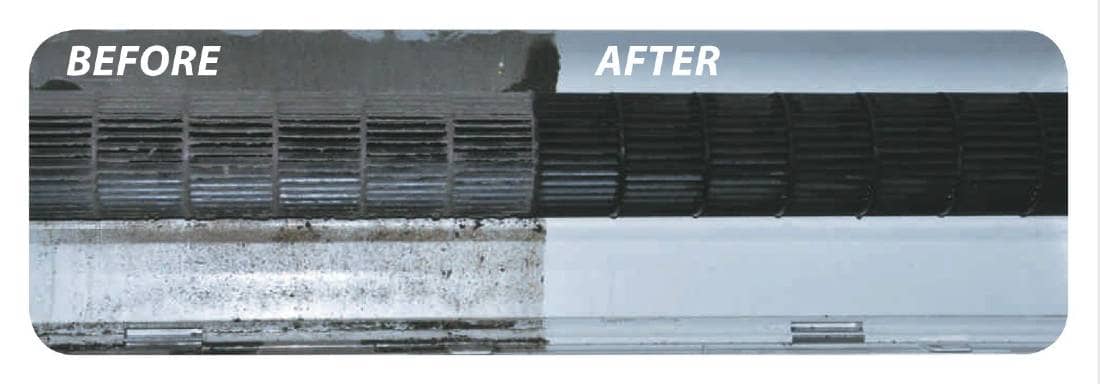 Everyone knows mold in your home can be a major concern. But, not everyone knows to keep an eye out for a problem popping up in their mini split system.
Everyone knows mold in your home can be a major concern. But, not everyone knows to keep an eye out for a problem popping up in their mini split system.
Unfortunately, it’s a bigger problem than you may realize.
Even with regular maintenance and filter cleaning, mold can grow in your ductless air conditioner or mini split. The bad news is that it can get pretty gross and even affect your health. But, the good news is that it’s easy to know if your ductless mini split is ready for deep cleaning, and just as easy to get it done when you need it.
That’s our topic in this article: Avoiding mold in the first place. And how to head off a small problem before it gets out of hand.
We’ve packed as much information as we could into a quick, easy-to-read article. If you have more questions or concerns about your Treasure River Valley home, call or email us here at Snowflake Air.
Warning Signs Of Mold In Your Mini Split
- Moisture Near Your System
- Stale Or “Cheesy” Odor
- Black Splotches
Moisture Near Your System
Are there signs of moisture near your air handler? That could include condensation on the outside of the unit. Or signs of dampness or water damage near it.
Moisture near your unit doesn’t necessarily mean you have a mold problem. But, that excess water or water vapor is creating a breeding ground for it. Remember: mold, mildew, and fungus require warm, dark, and damp places to thrive.
When it’s hot in the summer, the inside of an HVAC system can fit the bill — especially if that third ingredient is also present.

 Stale Or “Cheesy” Odor
Stale Or “Cheesy” Odor
The stale, cheesy odor you may notice from your mini split is common enough to have a name: Dirty Sock Syndrome. The smell gets created by dirt, dust, debris, and moisture building up in your air handler.
If you’re lucky, you’re only smelling those items. If it’s been a while and getting stronger, it is much more likely that you now also have mold in the system.
Read More: Do Mini Splits Bring In Fresh Air?
Black Splotches
If you suspect a problem, take a close look at your air handler. Do you see black splotches on the outside of it? How about further in when you shine a flashlight into the opening?
If so, those splotches are fully-grown mold particles. And, like cockroaches, the few you see are just the tip of the iceberg. Most of the infestation is deeper inside the system.

Effects Of Mold In A Mini Split System
Along with the “ick” factor that comes with knowing there’s mold in the house, the two major problems to watch for are:
- Allergy And Respiratory Problems
- Structural Problems
Allergy And Respiratory Problems
Mold can trigger asthma, allergies, and other existing respiratory problems. And it can cause new health issues as well. Symptoms of mold in your lungs, for instance, include coughing, wheezing, and even flu-like symptoms.
Read More: Allergies And Air Conditioning
Structural Problems
A mold infestation can also cause problems for your home. Remember, for the spores to develop, there must be plenty of dampness around. That’s no good for drywall or wooden beams and joists. Mold is even worse — it’ll soften the wood and cause it to rot over time.
Avoiding Mold In Your Ductless System
A professional cleaning will get rid of mold and mold spores in your mini split. And, here are three ways to avoid the problem in the first place. Or make sure it doesn’t come back:
- Leave It Running
- Watch For The Warning Signs
- Professional Maintenance
- Professional Deep Cleaning Service – Your deep cleaning interval will depend on the air quality and the amount of use the unit gets,
Leave It Running
People used to a furnace or central air cycling on and off a few times an hour don’t always realize that mini splits work differently. With a variable-speed heat pump outside, the air handlers run almost constantly.
But it’s in a low-power mode most of the time. So, it’s still using less energy than a conventional system. Still, people are tempted to turn it off. That’s a mistake for a few reasons.
In this case, the problem is that the system also dehumidifies in the summer. When you interrupt the regular performance, you’re cutting out a lot of dehumidification. That leads to moisture build-up.
Read More: Did Mini Splits Run All The Time?
Watch For The Warning Signs
Keep an eye out for the warning signs we’ve mentioned! Funny smells, moisture near the unit, and black splotches on the air handler. Call a professional if any of these pop up. And, don’t overlook your HVAC system if people with allergies or asthma suddenly start having trouble breathing.
Professional Maintenance
Finally, you’re not on your own in this! Professional maintenance keeps your mini split — or any heating and cooling system — running smoothly. That means better comfort and lower energy bills.
And, when it comes to indoor air quality, you’ll head off problems before they arise.
We understand you didn’t sign up for constant vigilance when you invested in a mini split. Even though that’s what it sounds like we’re suggesting here, it doesn’t have to be the case.
Read More: Should I Get A Heater Tune-Up?
Of course, as with any appliance, you’ll want to keep an eye out for problems. But, with an annual tune-up, you’ll get a professional set of eyes on things. And since our certified techs can reach further inside a unit than you can, they’ll spot even the slightest issue before it gets out of control.
If you suspect a problem with your mini split, or you want to stay ahead of any trouble with preventative maintenance, reach out to us here at Snowflake Air. We’ve built an excellent reputation as the ductless experts in Kuna, Caldwell, and other towns in the greater Boise, ID area. Click below or call us at (208) 205-9078.



